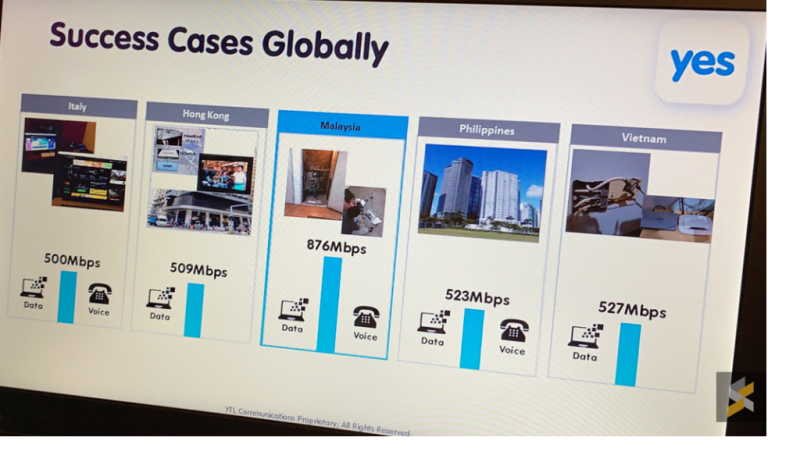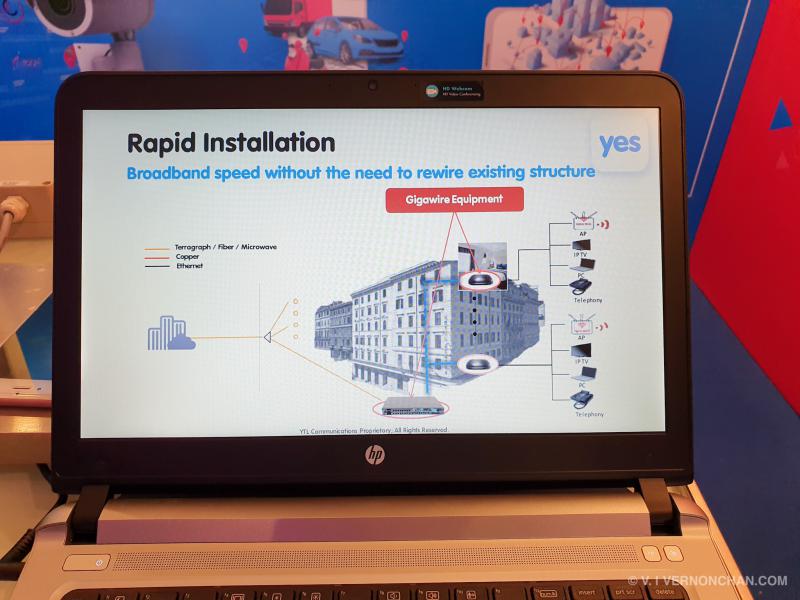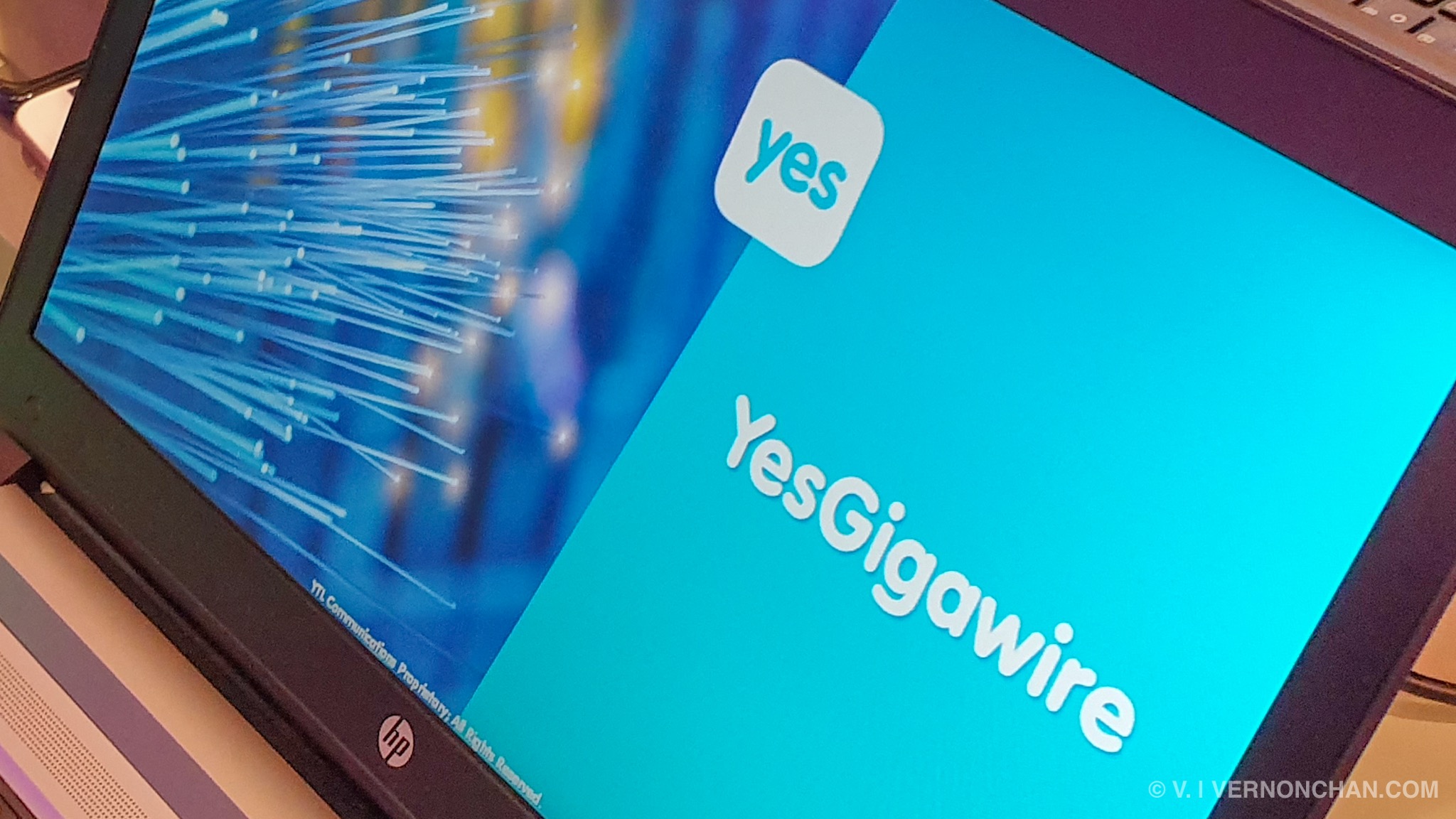When it comes to fixed broadband internet access in Malaysia, fibre broadband springs to mind. Nowadays, thanks in part to the government’s implementation of the Mandatory Standard on Access Pricing (MSAP) and National Fiberisation and Connectivity Plan (NFCP), consumers can be connected to fibre broadband from as low as MYR79 per month with speeds of up to 1Gbps.
In fact, Malaysia has seen an 8x surge in fixed broadband subscriptions with download speeds of more than 100Mbps from 150,000 in 2017 to 1.2 million subscribers in 2018.
Based on Ookla’s Speedtest Global Index (May 2019), Malaysia currently lies in 36th place with 68.54Mbps (DL), against the global average of 59.60Mbps. This is almost a three-fold jump as compared to 26.2Mbps in June 2017.
High speed broadband (HSBB) covers over 5.5 million premises nationwide (Data: MCMC, 2018). Out of the total, Telekom Malaysia serves over 2.3 million broadband customers nationwide, 1.27 million of which are Streamyx subscribers.
Raising the bar
In July last year, TM announced new unifi plans, raising the bar in terms of raw speed to up to 800Mbps, as well as pushing down the barrier of entry to just MYR79 per month. Additionally, it announced upgrades for its Streamyx user base. For 340,000 Streamyx customers located in unifi coverage, they stand to get upgraded to up to 100Mbps. To date, 180,000 266,000 Streamyx customers have enjoyed the free upgrade to unifi.
The Streamyx problem
For Streamyx users outside of unifi coverage of areas, things are trickier. Upgrading customers on the aged, legacy copper network was always going to be a challenge. TM upgraded Streamyx customers to up to 8Mbps, a temporary solution to a bigger issue.
Customers demanded a reduction in pricing. Compared to the current folks who were now enjoying 10x faster speeds at new affordable prices, older Streamyx customers were paying 10-year prices for 10-year old speeds.
The solution was never going to be a straightforward price reduction. For TM, having invested billions on ancient ADSL and the High Speed Broadband (HSBB) project, it wasn’t as simple as a drastic price cut.
TM dangled another option—unifi Wireless Broadband that offers hassle-free, installation-free broadband over LTE. TM’s unifi mobile 4G LTE network currently hovers around 77 percent of the household population in urban and rural areas, while a RAN sharing agreement with Celcom pushes 3G services coverage to 90 percent.
Earlier this year in March, TM revealed that it deployed the nation’s pre-5G infrastructure via Time Division Duplex (TDD) technology. The project was piloted at SetiaWalk Puchong, a mixed development of residential blocks, mall and offices.
The TDD pre-5G massive MIMO technology helps improve unifi’s wireless connectivity services especially for high-rise buildings and dense residential areas with low fixed broadband penetration. The project addresses many ongoing infrastructure challenges in areas without fibre coverage or limited by legacy infrastructure like copper wire-based Streamyx. It offers speed upgrades of up to 30Mbps via wireless broadband, with a peak throughput of up to 80Mbps.
TM continues to invest in upgrading its legacy network and build new ones, however, this is time-consuming and understandably expensive.
The Giga future
There’s yet another alternative. And this comes from rival provider YTL Communications (“Yes”). I met with the Yes team including YTL Communications’ CEO Wing K Lee at Malaysian Tech Week yesterday and was given a introduction to Giga Wire technology.
After introducing Facebook’s Terragraph technology in Penang, Yes is testing Giga Wire technology that can deliver fibre-like speeds on legacy copper wire infrastructure.

The beauty about Giga Wire is that there is no wall hacking or rewiring required for deployment. All that is needed is a single switch in the building and a modem/router in the customer’s premises.
According to Wing, Yes is currently running tests in several buildings in Penang, Kuala Lumpur and Genting with encouraging results. Using Giga Wire, they were able to achieve peak download speeds of up to 876Mbps.

In terms of backhaul, the most obvious choice would be fibre. That said, YesGigawire can also be deployed wirelessly via Terragraph. Yes’ Terragraph network in Penang currently offers a bandwidth of 1.7Gbps, which is is expected to hit 4.6Gbps by end of the year.
Giga Wire isn’t entirely new; the technology has been implemented in countries like South Korea, Italy, Hong Kong, the Philippines and Vietnam. It’s based on ITU-T G.hn—the international standard for home networks. It is available through phone line, UTP LAN cable, power line or coaxial cable. It provides up to 1Gbps download speeds, up to 10x over VDSL. As its transmission power level is low, it does not effect legacy VDSL service.
Yes’ solution with Terragraph and Giga Wire looks promising and is potentially a game-changer for Malaysia, not just for current Streamyx users but also the under-served.
The ultimate goal to guarantee widespread availability of high quality and affordable digital connectivity certainly shouldn’t fall on TM’s shoulders alone. Providers like Yes can step up to the plate to offer viable solutions as well.
Let’s hope Yes rolls out Giga Wire commercially soon given its easy-to-deploy nature and overall cost effectiveness.









